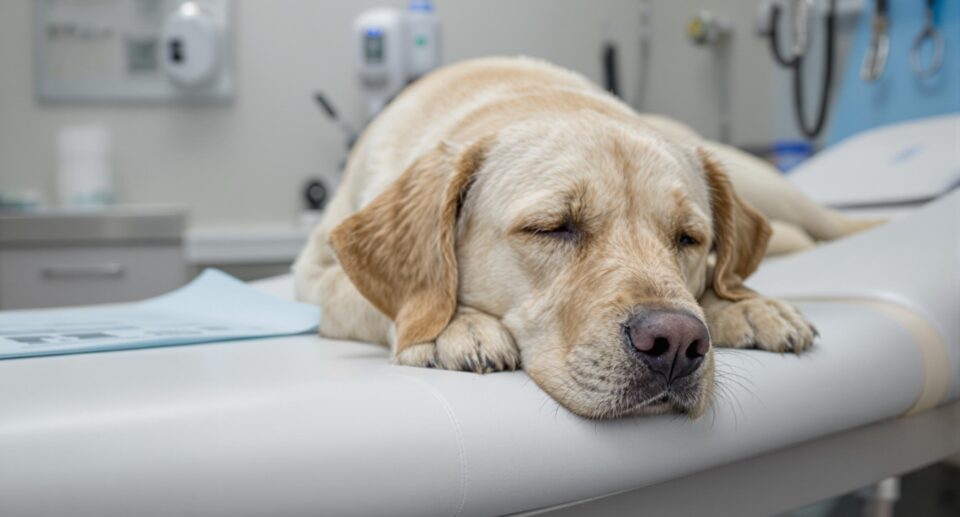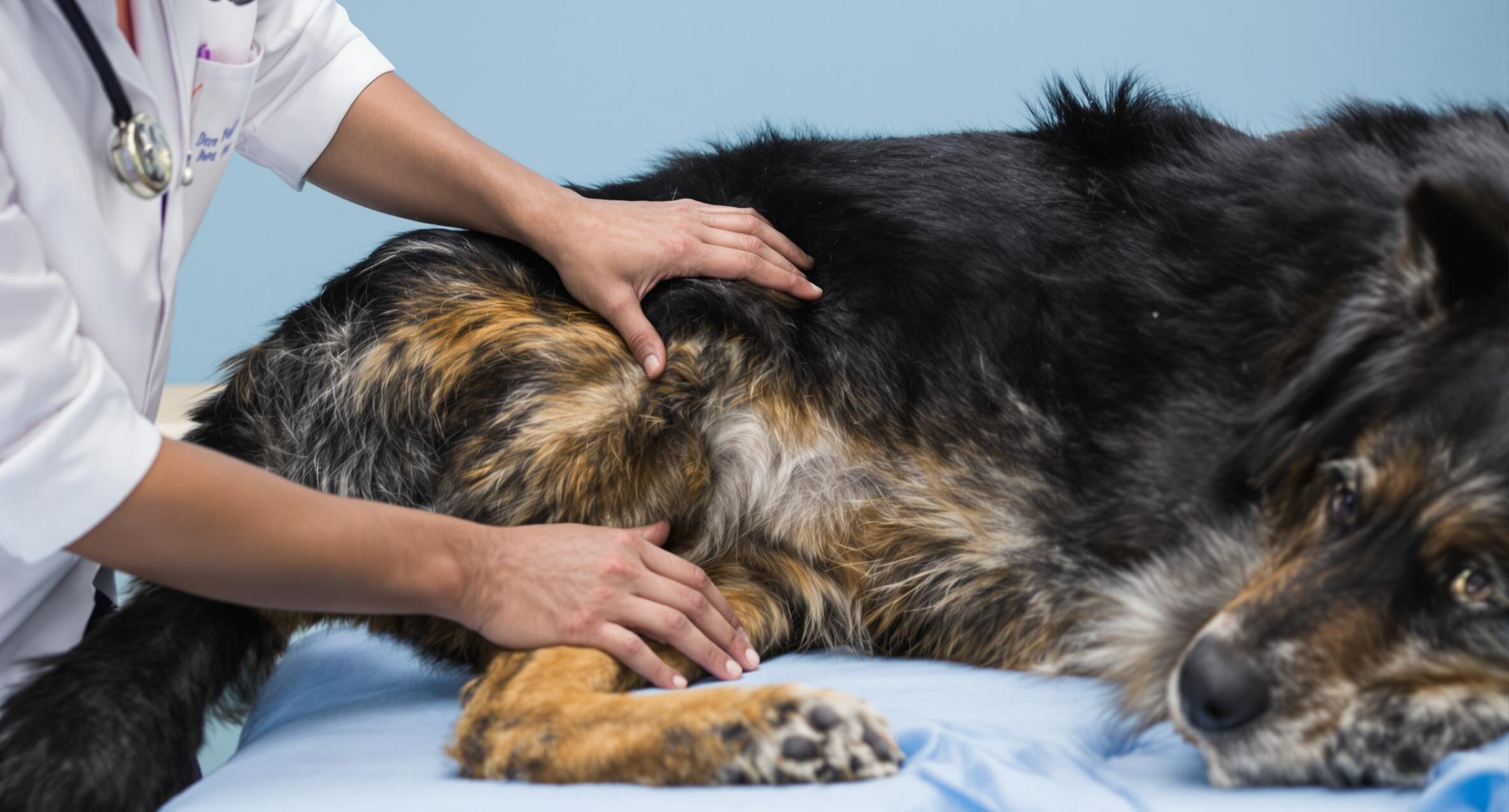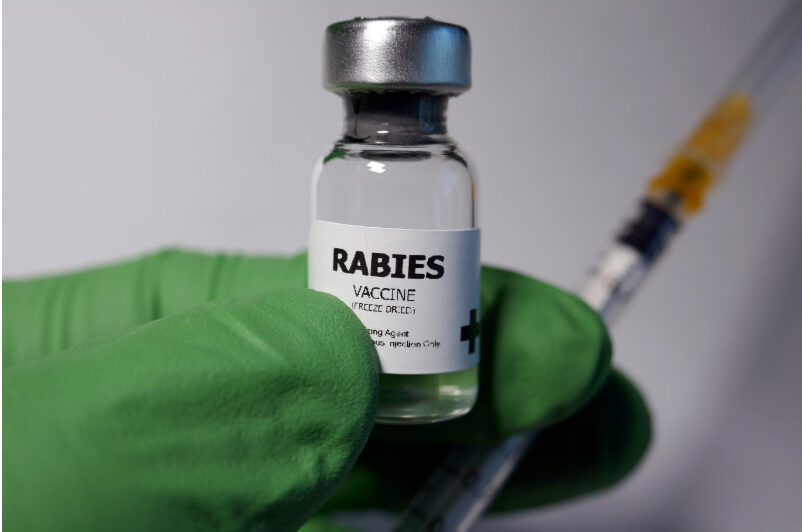Understanding Canine Hip Dysplasia

Canine hip dysplasia is a disease that is genetically transmitted, most commonly among large breed dogs, in which the joints develop abnormally. It is commonly formed when the leg bone slides out of a shallow pelvic socket, causing painful friction.
Hip dysplasia may occur in one or both hips, and can eventually lead to a dislocation of the hip. Pressure placed on the damaged joint strains the surrounding cartilage, causing inflammation of the joint and likely to result in a dog developing arthritis.
- Trouble rising or running
- Back legs kept close together
- Noticeably short stride
- Preference of one side or limb to another
- Hopping when walking
- St. Bernard
- German Shepherd
- Labrador Retriever
- Golden Retriever
- Rottweiler
- Avoid breeding dogs with hip dysplasia, as it is a genetically inherited disease.
- Keep your dog at a healthy weight with exercise.
- Do not overfeed your dog because extra weight causes additional strain on your dog’s joints.
- Feed a lean diet, with dog food that is high in vitamins and nutrients.





